8 Ways Parents Can Support Critical Thinking At Home
Practicing critical thinking at home–in their ‘native environment’–is a useful strategy to build their cognitive muscles.
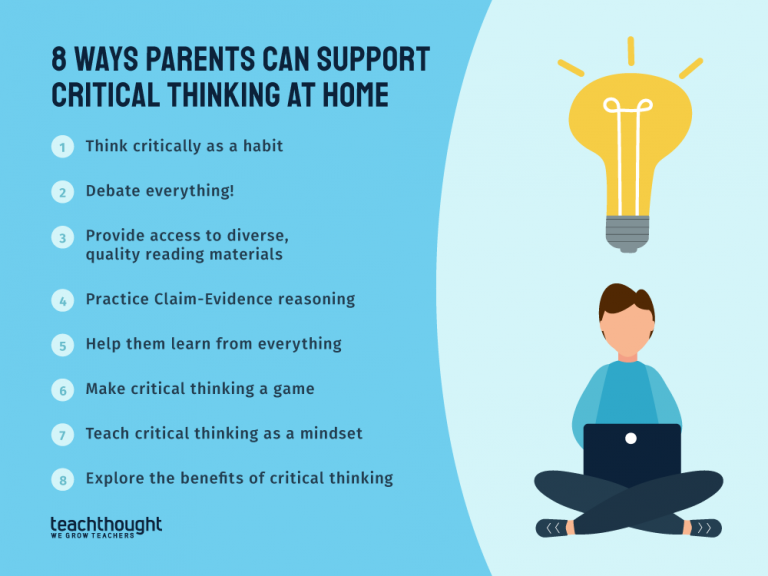
Practicing critical thinking at home–in their ‘native environment’–is a useful strategy to build their cognitive muscles.
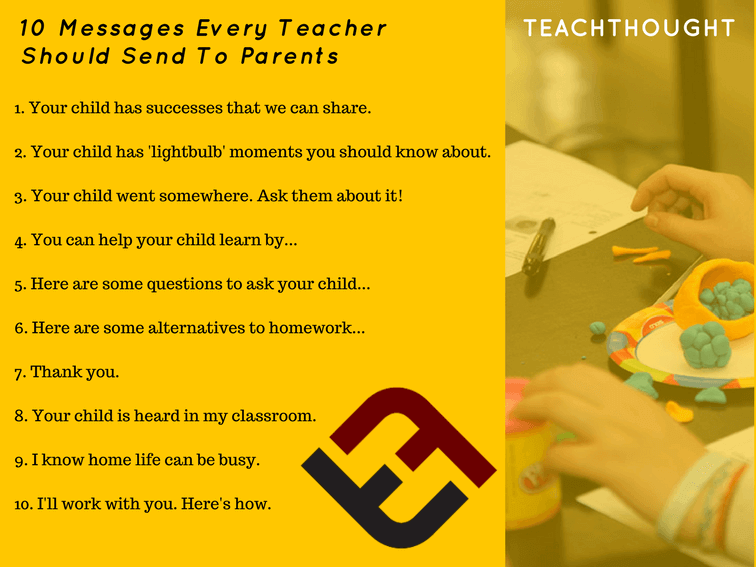
Recognizing parents’ challenges can turn things around for a troubled family and transform child’s behavior and performance at school.
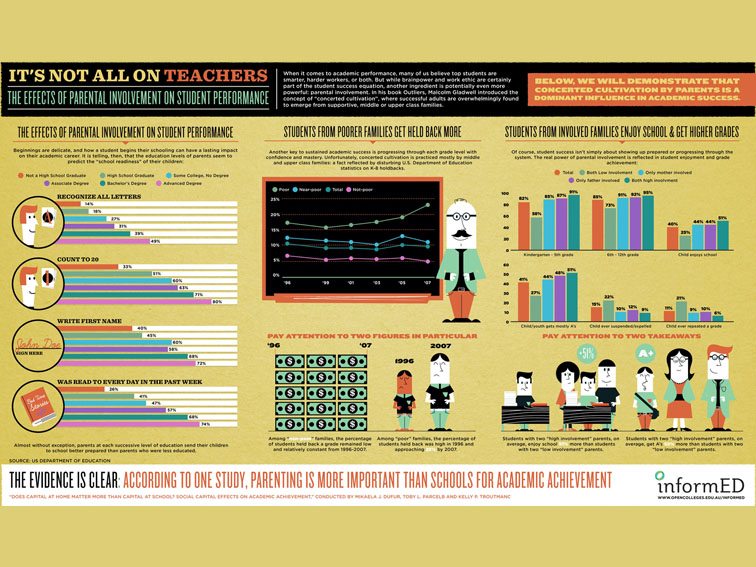
Parents with degrees are 1.8 times as likely to teach them how to write their first name and 2.8 times more likely to read to them daily.
Whether students are working on a laptop or desktop, it’s important to have a designated space for learning for them to complete schoolwork.
Getting parents involved in school leads to improved academic outcomes for students and the potential for a healthier community.

I’m not saying any of these ideas are good—or even the least bit viable. Or that they wouldn’t be detrimental. I’m just wondering what would happen.
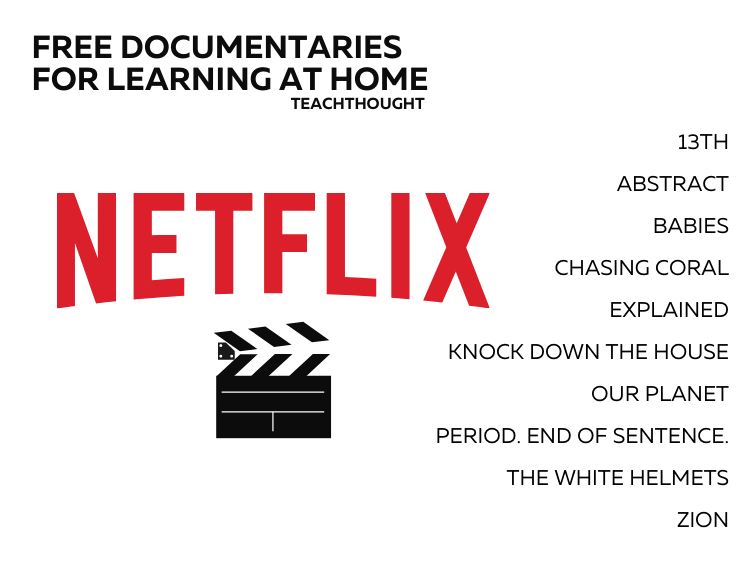
In response to teacher demand for better distance learning resources, Netflix has released free documentaries through their YouTube channel.
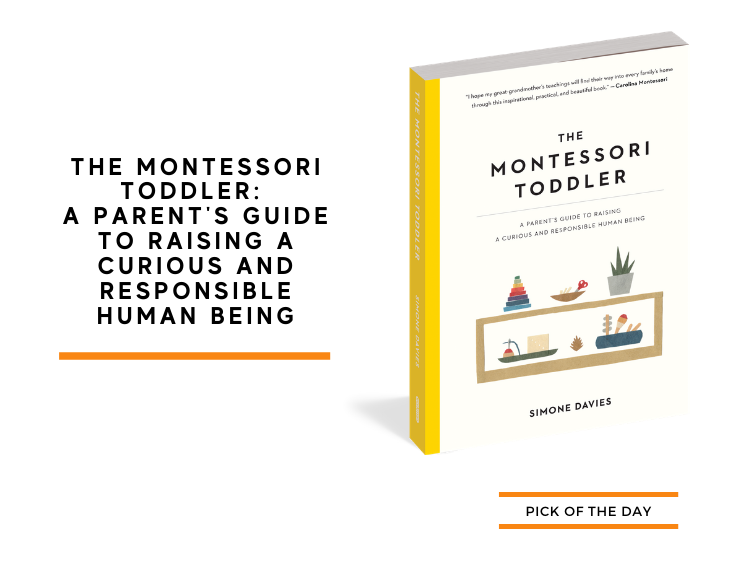
The Montessori Toddler: A Parent’s Guide To Raising A Curious And Responsible Human Being: Raise more curious and responsible human beings.

Feel-good fiction? Books that make you happy might be a stretch but well-being comes from a simple concept: What you think about.
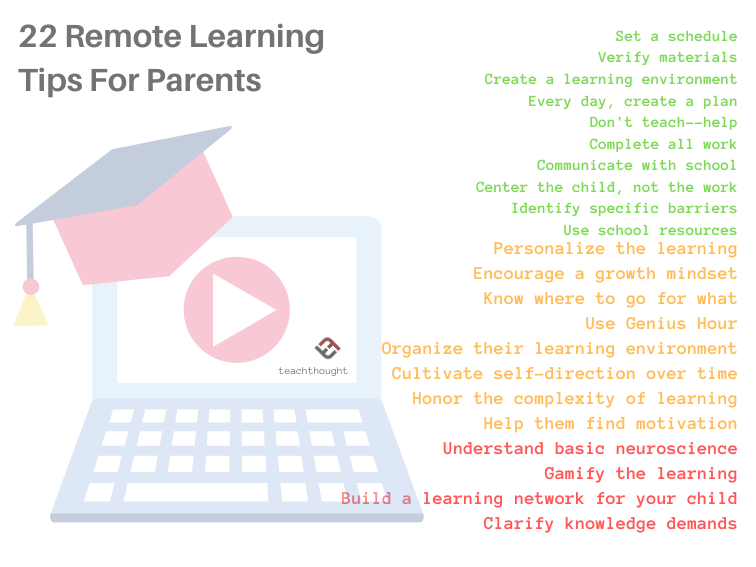
Remote learning tips for parents include focusing on the child’s well-being, creating a schedule, providing resources, and making sure work is complete.
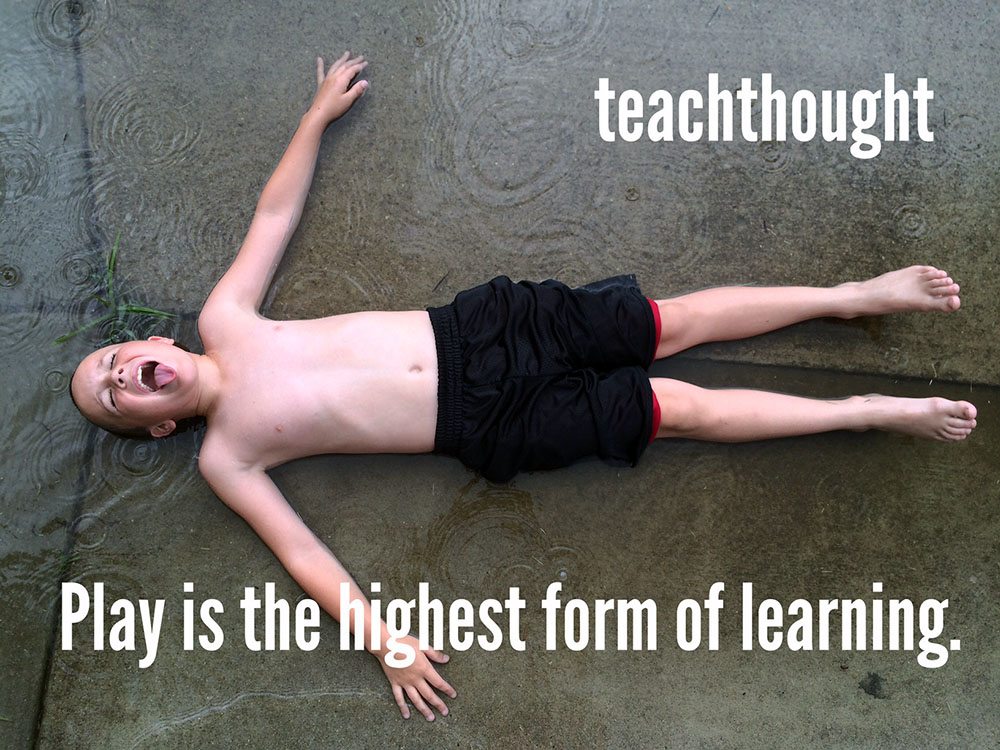
Saying you’ve ‘seen homeschooling’ is like saying you’ve seen salad or photographs or the internet. Homeschooled in what way? Learning what and how?
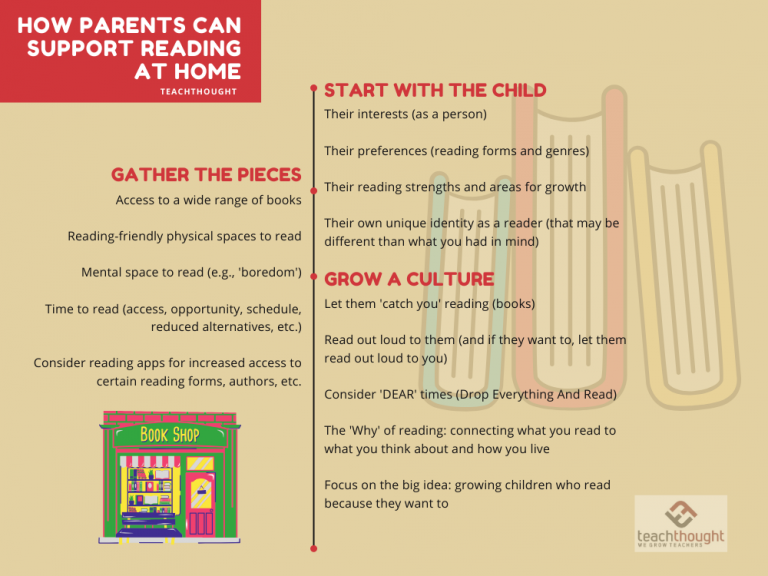
Whether parents should schedule reading at home depends on many factors–including how you ‘frame’ reading and how they respond.
End of content
End of content